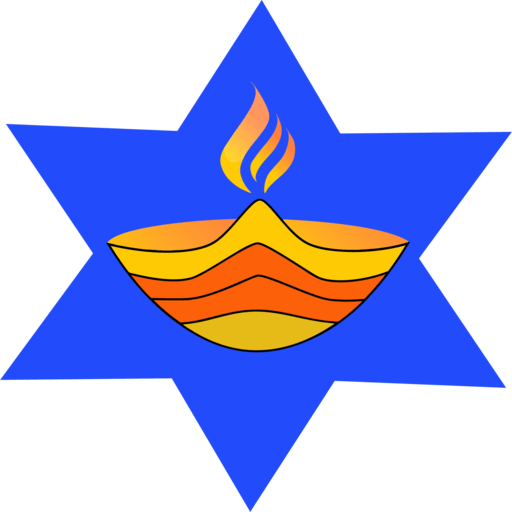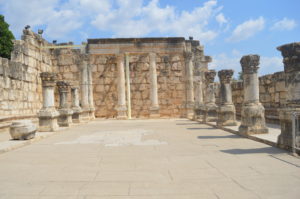
Capernaum
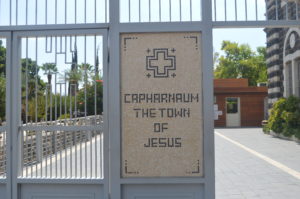 Capernaum is a small fishing village located on the northern shore of the Sea of Galilee. It was the hometown of Matthew – the tax collector who became a disciple. Just to the north east of Capernaum was the village of Bethsaida, the hometown of Peter, Andrew and James and John who were all fishermen before the Lord Jesus called them as His disciples.
Capernaum is a small fishing village located on the northern shore of the Sea of Galilee. It was the hometown of Matthew – the tax collector who became a disciple. Just to the north east of Capernaum was the village of Bethsaida, the hometown of Peter, Andrew and James and John who were all fishermen before the Lord Jesus called them as His disciples.
The Gospel writers record many accounts of the Lord healing people in Capernaum including: a man who was possessed by an unclean spirit (Luke 4:31-36 and Mark 1:21-28); Peter’s mother-in-law was healed of a fever (Luke 4:38-39); the Roman centurion’s servant (Luke 7:1-10; Matthew 8:5); and finally, the paralytic who was lowered to Jesus through the roof (Mark 2:1-12; Luke 5:17-26).
Capernaum is mentioned by name in all four gospels: Matthew 4:13, 8:5; 11:23; 17:24; Mark 1:21; 2:1; 9:33; Luke 4:23, 31; 7:1; 10:15; John 2:12; 4:46; 6:17, 24, 59). Although not where Jesus grew up, Capernaum was the center of Jesus’ 3 1/2 year public ministry which was contained largely within the northern portion of the Sea of Galilee.
Mount of Beatitudes – Byzantine Chapel
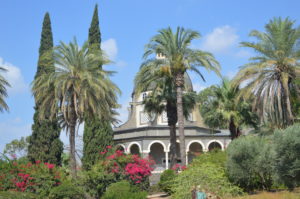
Waterfall at Banis
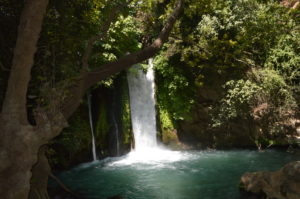
Carob Tree
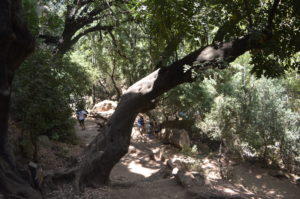 A carob tree, (Hebrew – חרוב (haruv)) or locust tree, is actually in the pea family and is often grown for its edible pods which are often ground into carob powder and used as a replacement for cocoa powder. Carob pods are also known as ‘locust beans’ and St. John’s bread – referring to the Gospel accounts of the diet of John the Baptist as “locusts and wild honey”. (Mat. 3:4; Mark 1:6) Scholars debate over the meaning of ‘locusts’ – whether it is the insect (which is also edible and kosher) or whether it is the carob pod. This tree was located on the path to the waterfalls at Banis.
A carob tree, (Hebrew – חרוב (haruv)) or locust tree, is actually in the pea family and is often grown for its edible pods which are often ground into carob powder and used as a replacement for cocoa powder. Carob pods are also known as ‘locust beans’ and St. John’s bread – referring to the Gospel accounts of the diet of John the Baptist as “locusts and wild honey”. (Mat. 3:4; Mark 1:6) Scholars debate over the meaning of ‘locusts’ – whether it is the insect (which is also edible and kosher) or whether it is the carob pod. This tree was located on the path to the waterfalls at Banis.
